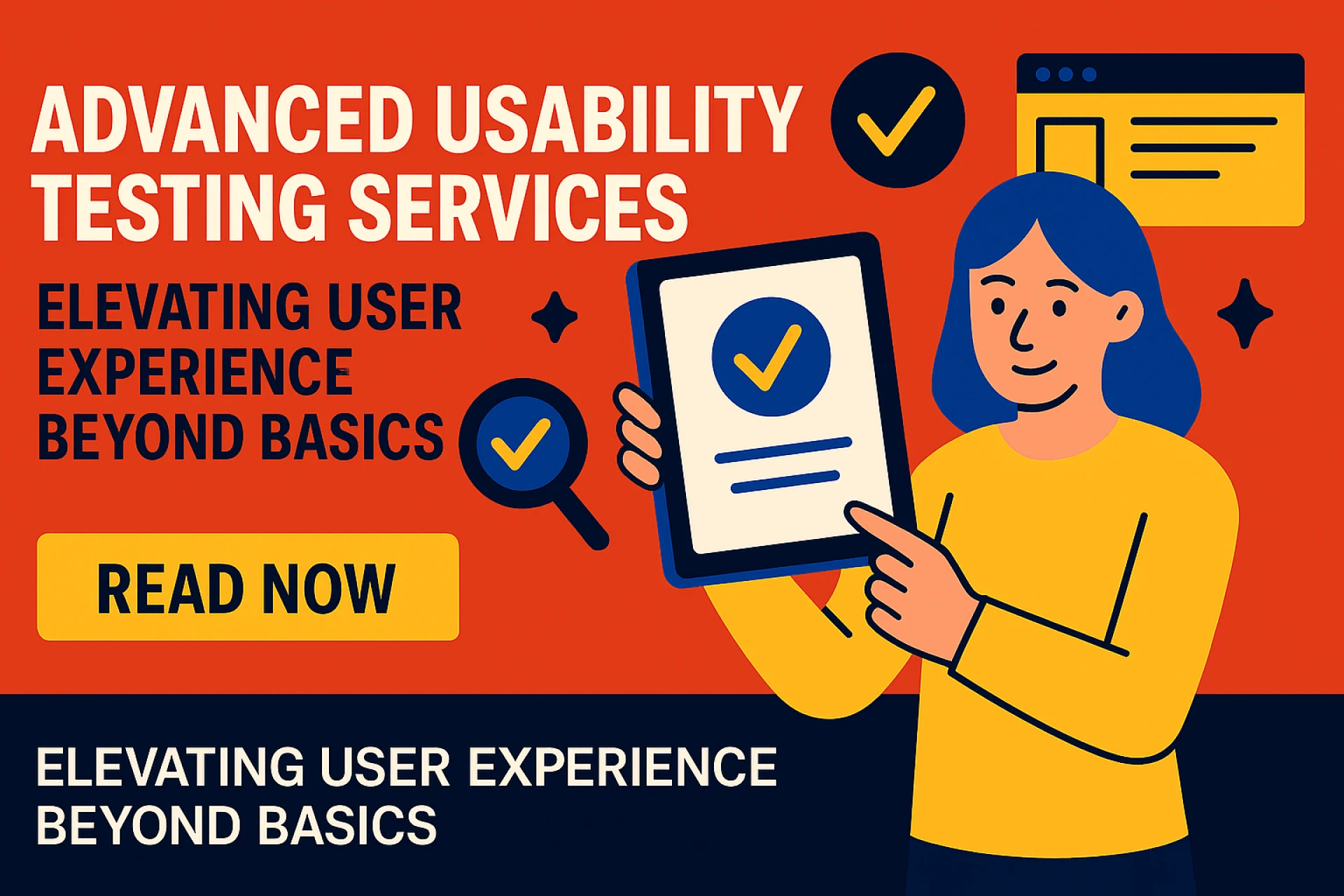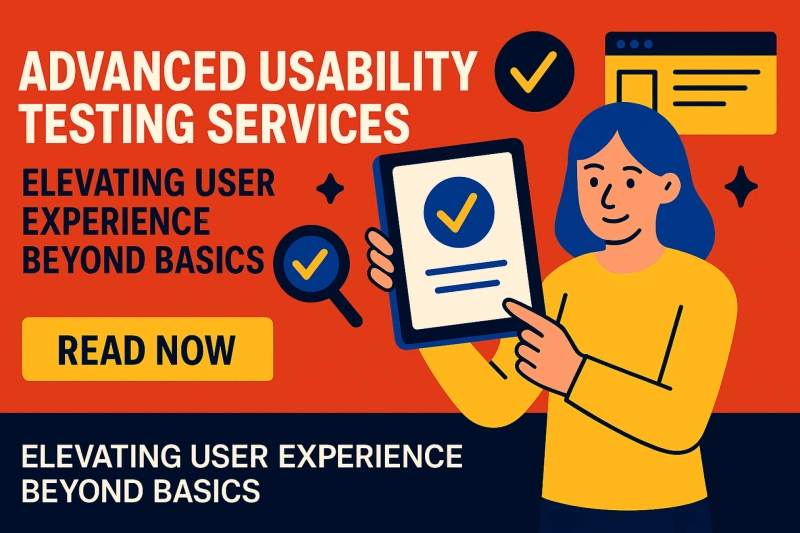
In the competitive digital landscape, delivering seamless user experiences is no longer optional — it’s essential. Even the most visually stunning website or innovative app can fall short if users struggle to navigate or complete tasks efficiently. This is where Advanced Usability Testing Services come into play. Unlike traditional testing, which focuses on surface-level interactions, advanced usability testing digs deeper to uncover hidden friction points, improve accessibility, and maximize conversions.
In this article, we’ll explore what advanced usability testing entails, the benefits it brings, the methodologies involved, and how your business can leverage it for sustainable growth.
What Are Advanced Usability Testing Services?
At its core, usability testing evaluates how real users interact with a product. Advanced Usability Testing Services extend this concept by using sophisticated tools, analytics, and behavioral insights to identify subtle barriers to usability. These services go beyond identifying broken links or confusing menus; they assess cognitive load, emotional response, accessibility compliance, and overall user satisfaction.
Key Components of Advanced Usability Testing
- Task Analysis: Measuring how efficiently users complete critical tasks.
- Eye-Tracking Studies: Identifying where users focus attention and where they get distracted.
- Biometric Feedback: Capturing emotional responses through heart rate or facial recognition.
- Accessibility Audits: Ensuring compliance with ADA and WCAG standards.
- A/B and Multivariate Testing: Comparing design variations to determine optimal user journeys.
Why Businesses Need Advanced Usability Testing Services
Relying solely on traditional QA or basic usability checks can leave critical gaps. Advanced usability testing provides data-driven insights that help:
- Reduce Bounce Rates: Identify why users abandon sites or apps prematurely.
- Boost Conversions: Streamline checkout flows, sign-up forms, or onboarding processes.
- Enhance Accessibility: Make products usable for people with diverse abilities.
- Lower Support Costs: Reduce customer queries by eliminating confusing interfaces.
- Build Brand Loyalty: Positive user experiences increase trust and repeat engagement.
Advanced Usability Testing Methodologies
1. Remote Usability Testing
Gather insights from users in their natural environment using screen recordings, voice feedback, and behavior tracking.
2. Heatmaps and Click Tracking
Understand where users engage most on your digital assets and identify dead zones or areas of confusion.
3. Prototype Testing
Test wireframes and prototypes before full-scale development to save time and resources.
4. Moderated vs. Unmoderated Testing
- Moderated: Real-time sessions guided by a facilitator.
- Unmoderated: Self-guided tasks that capture authentic user behavior.
5. Multichannel Usability Testing
Analyze how users experience your product across mobile, desktop, and tablets to ensure consistency.
Best Practices for Implementing Advanced Usability Testing Services
- Define Clear Objectives: Identify specific user journeys or KPIs to test.
- Recruit Diverse Testers: Ensure representation across demographics, abilities, and experience levels.
- Leverage Advanced Tools: Use platforms for heatmapping, screen sharing, and biometric tracking.
- Iterate Frequently: Treat usability testing as an ongoing process, not a one-time exercise.
- Collaborate Cross-Functionally: Involve designers, developers, and marketers in the testing process.
FAQs on Advanced Usability Testing Services
Q1: How do advanced usability testing services differ from basic testing?
Advanced usability testing digs deeper into user behaviors, emotions, and accessibility issues, whereas basic testing focuses on surface-level usability.
Q2: When should a business invest in advanced usability testing?
Ideally, throughout the product lifecycle — from prototype testing to post-launch optimization.
Q3: What tools are commonly used in advanced usability testing?
Tools include Hotjar, Crazy Egg, UserTesting, Lookback, and Tobii eye-tracking systems.
Q4: Can advanced usability testing improve accessibility compliance?
Yes, it ensures your digital products meet WCAG and ADA standards, making them inclusive.
Conclusion: Transforming User Experience with Advanced Usability Testing Services
In today’s experience-driven economy, usability is a direct driver of customer satisfaction and revenue growth. Advanced Usability Testing Services help uncover hidden friction, improve accessibility, and create seamless journeys that resonate with users. By adopting these services, businesses can reduce churn, boost conversions, and build lasting brand loyalty.
Ready to optimize your digital experiences? Start by integrating advanced usability testing into your design and development workflows today.


